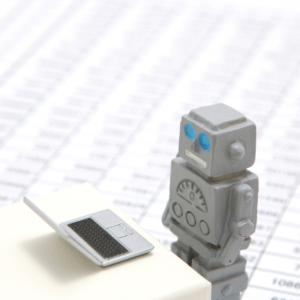The Future of Chatbots
Despite the hype and technology that surround Chatbots, they are, at their robot hearts, merely a method to automate responses. Chatbots are, however, not made equal. You have to consider how smart and sophisticated the response technology is designed to be. Then, you have to discern how they can be used to enhance your organizations’ functions. Luckily, there are now many out-of-the-box solutions, resources, and past case studies on which you can build your own strategy.
Chatbots, while not yet ubiquitous, have grown quite popular over the past several years. As consumers, we commonly use them to resolve our phone or cable bills, handle medical bills and claims, shop online, engage on WeChat or Slack, and even ask Siri or Alexa for the forecast. In fact, Gartner, a research and advisory company, predicted that by 2020 (this year!), the average person will have more conversations with bots than with their spouse. We’ll make no claims about conversations with your partner, but the point is: chatbots are definitely within your reach!
We are here to help you discover how you can leverage them for your business. In this post, we’ll specifically discuss what makes an intelligent chatbot, chatbot options in Salesforce, and the advantages it may unlock for you.

The Nuts and Bolts of Chatbots
Chatbots — also known as “chat robots,” conversation feedback, or virtual assistants — have a lot going on under the hood. But, the best-in-class chatbots don’t let off how complicated they are. They present a simple experience even for the most complex requests. The typical chatbot is essentially a frontend tool with a preconfigured chat-style user interface. This interface is able to respond to select user commands and then execute an action or start a workflow.
There have been many iterations of chatbots over several decades. Earlier versions of chatbots conducted rudimentary parsing of user inputs and then scanned databases for relevant information, which would be written back in a response. Currently, many chatbots work off of a set of rules programmed by a human via a chatbot-building platform. The chatbot essentially replies according to a script of user expressions (intent) and identify objects in the expressions (entities). This script is built on if-then statements (conditional actions where if something occurs, then something else is triggered) that print appropriate responses.These models are of course still used and prove valuable today. However, if you are looking for a more dynamic chatbot, there are systems that have become much more sophisticated thanks to significant advances in the field of artificial intelligence (AI).
The more advanced a chatbot is, the more it can handle complexity and deliver personalization to provide an optimal experience for a user. These enhanced responses are connected to a technology called natural language processing (NLP) or now popularly referred to as natural language understanding (NLU). Using NLU, a chatbot would better understand how people naturally speak, and also return a response that also appears natural and relevant. The more a chatbot can maintain context, keep up a dialogue and engage different topics that come up in conversation, the more it will resemble human conversation. This technology creates the illusion of speaking to a “real human being,” while also delivering the speed, availability and precision of a computer. Eventually, people will be able to have conversations with chatbots as they would human agents, without ever feeling like they are typing computer commands.
A truly smart chatbot improves its interactions over time. Just as our past experiences inform future ones, chatbots can be designed with technology to learn. An AI-powered chatbot can be trained to learn from past interactions with users to inform and improve future interactions. For example, chatbots might be able to conduct sentiment analysis to recognize frustration, which then triggers a human representative to take the reigns.
Today’s chatbots still can’t handle all user queries. But, by unlocking the power to communicate instantly, automatically, and round-the-clock, with the potential to continuously improve the system, just imagine how your organization can innovate whether you are operating in a B2C or B2B environment.
Full Speed Ahead for AI with Salesforce

Salesforce Einstein launched in September of 2016 for select modules, making Salesforce one of the earliest adopters of AI capabilities and technology for CRM solutions. Einstein uses NLU technology for Einstein Language and Einstein Bots. Einstein Language can discover intent in multiple languages and can detect the sentiment across various points of contact with a customer or prospect, such as emails, forms, notes, or chatbot inquiries. Einstein Bots are smart chatbots that operate through digital channels and connect to your CRM. Salesforce Einstein is compatible with all Sales Cloud, Service Cloud, Marketing Cloud, App Cloud, Analytics Cloud, and Community Cloud solutions.
So Many Chatbot Options!
- Build your own bot and then integrate it with Salesforce! Using a bot-building platform of your choice, you can design a chatbot that can be connected to Salesforce Lightning through an API.
- Build your own bot in Salesforce! You can create a chatbot on the Salesforce platform using Einstein Bot without having to connect to it externally. Salesforce also offers Einstein Bots for Developers if you are looking to design a highly complex or custom Einstein Bot. With Salesforce Bot Builder, you can even have your chatbot train against an extensive ready-made body of historical agent training data. From this point, the chatbot has access to other features available in Einstein and can be tied to a broad range of Salesforce objects and processes. A handy dashboard is then available to monitor your chatbot’s performance.
- Find a bot on Salesforce AppExchange! There are also a plethora of chatbots or auxiliary chatbot tools, which have already been built in Salesforce, available for free or purchase on Salesforce AppExchange. From healthcare to financial services applications, from tools developed by SurveyMoney to PwC, there are a range of tools available to meet specific business needs.

Compared to traditional customer service methods that rely heavily on phone and email with human agents, chats allow you to communicate with people when and where they are seeking information. Live chats with human agents helped alleviate some of the limits and inefficiencies of traditional methods. Chatbots go another step further by unlocking the ability to conduct multiple conversations simultaneously and 24/7.
Chatbots applications are very wide-ranging. They can be custom-built to serve sales, service, marketing or commerce teams to ultimately serve your customers. You can also use chatbots as internal tools to boost productivity and efficiency within your organization. Chatbots can help teams set meetings and reminders, make company resources more accessible or engage employees, to name just a few advantages.
Want to chat some more about chatbots? Feel free to reach out. You can even use our chatbot to get the conversation started. 😉



